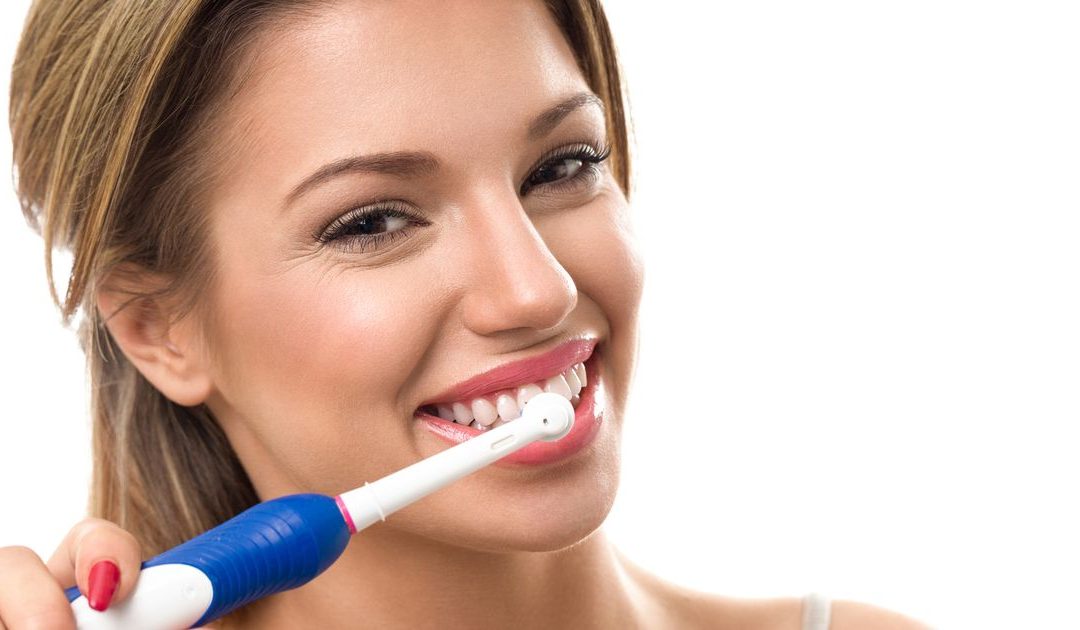BRUSHING
Q. Why is brushing important?
A. Daily brushing and cleaning between your teeth are important because it removes plaque. If the plaque isn’t removed, it continues to build up, feeding on the food debris left behind and causing tooth decay and gum disease.
Q. How can plaque cause decay?
A. When you eat food containing sugars and starches, the bacteria in plaque produce acids, which attack tooth enamel. The stickiness of the plaque keeps these acids in contact with teeth. After this happens many times, the tooth enamel can break down forming a hole or cavity.
Q. How can plaque cause gum disease?
A. Plaque can harden into something called calculus another name for it is ‘tartar’. As calculus forms near the gumline, it causes the gums to become irritated and inflamed. The gums begin to pull away from the teeth and the gaps become infected. If Gum disease is not treated promptly, the bone supporting the teeth is destroyed and healthy teeth may be lost. Gum disease is the biggest cause of tooth loss in adults.
Q. How can I prevent gum disease?
A. It is important to remove plaque and food debris from around your teeth, as this will stop your gums from swelling and becoming infected. If you leave plaque on your teeth it can develop into tartar, which can only be removed by the dentist or hygienist. It is important to keep up your regular appointments so that your teeth can have a thorough cleaning if they need it.
Q. How do I know if I have gum disease?
A. Gum disease (gingivitis) will show itself as red, swollen gums that bleed when brushed or flossed. Many people are alarmed when they notice this bleeding and will then brush more gently, if at all. It is important that you continue to clean regularly and firmly in order to fight the condition.
Q. Which type of toothbrush should I use?
A. Your dentist will be able to recommend a toothbrush to you. However, adults should choose a small to medium size brush with soft to medium multi-tufted, round-ended nylon bristles or ‘filaments’. The head should be small enough to get into all parts of the mouth: especially the back of the mouth where cleaning can be difficult. Children need to use smaller brushes but with the same type of filaments.
You can now get more specialized toothbrushes. For instance, people with sensitive teeth can now use softer bristled brushes. There are also smaller headed toothbrushes for those people with crooked or irregular teeth. Electric or battery operated toothbrushes can help people with disabilities maintain oral hygiene.
Q. How often should I change my toothbrush?
A. Worn-out toothbrushes cannot clean your teeth properly and may damage your gums. It is important to change your toothbrush every two to three months or sooner if the filaments become worn. When filaments become splayed, they do not clean properly.
Q. How should I brush?
A. Brushing removes plaque and food particles from the inner, outer and biting surfaces of your teeth.
Here is one method of removing plaque:
- Place the head of your toothbrush against your teeth and angle against the gumline. Move the brush in small circular movements.
- Brush the outer surfaces of each tooth, upper and lower, keeping the bristles angled against the gumline.
- Use the same method on the inside surfaces of all your teeth.
- Brush the chewing surfaces of the teeth.
- To clean the inside surfaces of the front teeth, tilt the brush vertically and make several small circular strokes.
- Brushing your tongue will help freshen your breath and will clean your mouth by removing bacteria.
Q. How often should I brush my teeth?
A. Be sure to brush thoroughly with a fluoride toothpaste at least twice a day. If you keep getting discomfort or bleeding after brushing you can consult with us about it.


